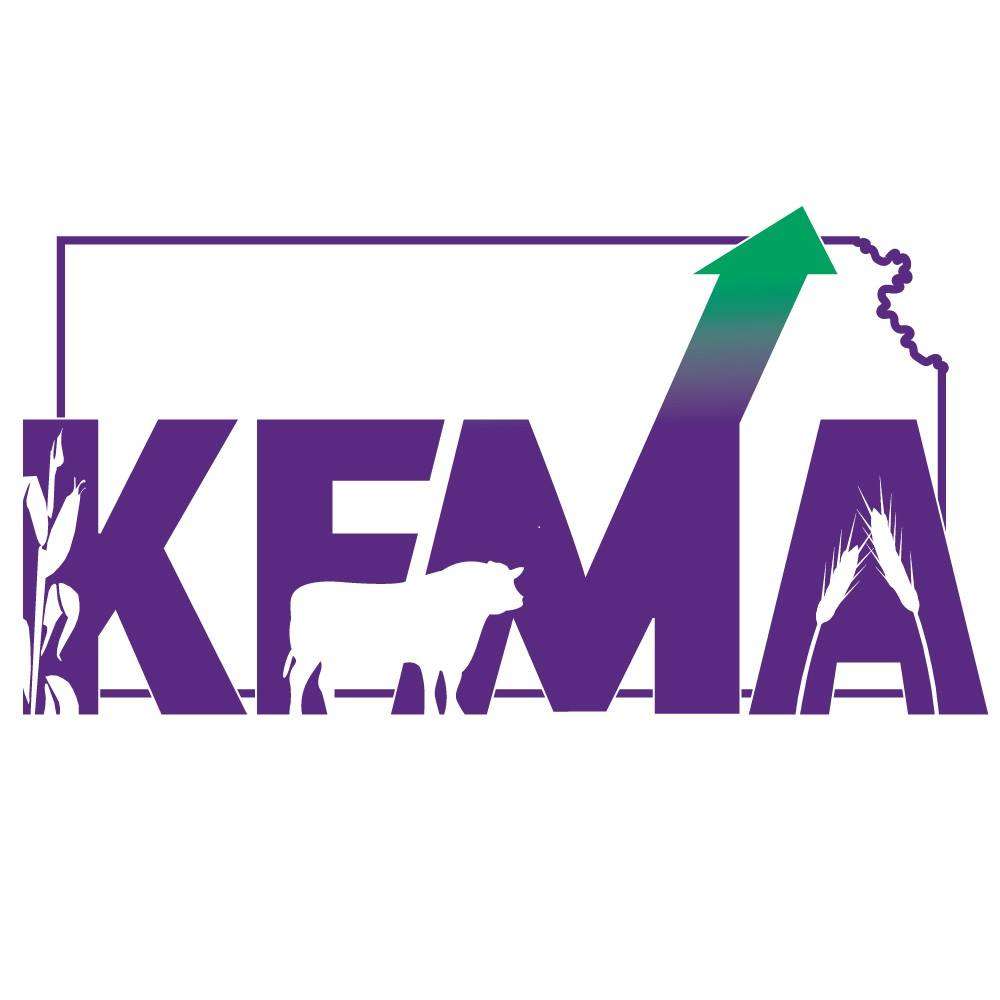Getting More From Manure: Denmark Trip Shows Pennsylvanians the Possibilities of Biogas – Lancaster Farming

Pennsylvania Delegation Investigates Danish Biogas Sector for Sustainable Development Advancement
Executive Summary
In June, a Pennsylvania delegation comprising state agency personnel, academics, and agricultural industry leaders conducted a fact-finding mission in Denmark. The objective was to study the country’s highly successful biogas industry as a scalable model for Pennsylvania. The tour focused on how Denmark has effectively integrated medium-sized farms into large-scale anaerobic digestion systems, creating a circular economy that provides significant environmental and economic benefits. This initiative directly explores pathways for Pennsylvania to advance several key United Nations Sustainable Development Goals (SDGs).
The Danish Model: A Framework for a Circular Economy and Sustainable Infrastructure
The Danish biogas model is a testament to successful public-private partnerships and technological innovation, providing a robust framework for achieving multiple sustainability targets. The delegation observed a system where agricultural waste, primarily livestock manure, is transformed into valuable resources.
- Centralized Digestion Facilities: Large, cooperative microbial digesters process organic waste from numerous local farms. This approach creates efficiencies of scale and builds resilient community infrastructure, aligning with SDG 9 (Industry, Innovation, and Infrastructure).
- Waste-to-Resource Conversion: The process converts organic waste streams into two primary outputs: renewable biogas and nutrient-rich digestate. This embodies the principles of SDG 12 (Responsible Consumption and Production) by minimizing waste and maximizing resource utility.
- Farmer Participation: Farmers are integral partners, supplying manure and receiving payment, thereby creating a new revenue stream that supports rural economies and contributes to SDG 8 (Decent Work and Economic Growth).
Direct Contributions to Global Sustainable Development Goals (SDGs)
The adoption of a comprehensive biogas strategy in Pennsylvania, modeled after the Danish system, would offer direct and measurable contributions to numerous SDGs:
- SDG 7 (Affordable and Clean Energy): Biogas is a renewable energy source that can be upgraded to renewable natural gas (RNG) and injected into the existing gas grid or used to generate electricity. This diversifies the energy portfolio and reduces dependence on fossil fuels.
- SDG 13 (Climate Action): Anaerobic digestion captures methane, a greenhouse gas over 25 times more potent than carbon dioxide, directly from agricultural manure. By preventing its release into the atmosphere and displacing fossil fuels, this technology is a powerful tool for climate change mitigation.
- SDG 2 (Zero Hunger) & SDG 15 (Life on Land): The digestate byproduct is a stabilized, nutrient-rich bio-fertilizer. Its application on farmland improves soil health, enhances crop yields, and reduces the need for synthetic fertilizers. This promotes sustainable agricultural practices and protects terrestrial ecosystems by preventing nutrient runoff into waterways.
- SDG 17 (Partnerships for the Goals): The delegation itself—a collaboration between the Pennsylvania government, Penn State academics, and private farmers like Brett Reinford—exemplifies the cross-sectoral partnerships essential for implementing complex sustainability solutions. The international cooperation with Denmark’s Trade Council further strengthens this goal.
Strategic Implications and Path Forward for Pennsylvania
The insights gained from the Danish tour provide a clear roadmap for Pennsylvania. Key takeaways suggest a multi-faceted approach is required to replicate this success and advance the state’s sustainability objectives.
- Economic Diversification: Developing a biogas industry offers a significant opportunity to diversify income for Pennsylvania’s farmers, enhancing the economic resilience of agricultural communities (SDG 8).
- Environmental Stewardship: Biogas technology provides a market-based solution for managing nutrient pollution, a critical environmental challenge in the state, thereby protecting water quality and terrestrial ecosystems (SDG 15).
- Investment in Green Infrastructure: Realizing this potential will require strategic investment in the necessary infrastructure, fostering innovation and creating green jobs across the state (SDG 9).
By leveraging the Danish model, Pennsylvania can create an integrated system that simultaneously addresses energy needs, climate targets, and agricultural sustainability, positioning the state as a leader in the bio-economy and making substantial progress toward the Sustainable Development Goals.
Analysis of Sustainable Development Goals (SDGs) in the Article
1. Which SDGs are addressed or connected to the issues highlighted in the article?
The article on Pennsylvania’s interest in Denmark’s biogas industry connects to several Sustainable Development Goals (SDGs) by focusing on renewable energy, sustainable agriculture, innovation, and international cooperation.
- SDG 2: Zero Hunger: The article touches upon sustainable agricultural practices by mentioning how “farmers could benefit” and the involvement of a “nutrient management specialist,” which relates to improving farm viability and soil health.
- SDG 7: Affordable and Clean Energy: The core topic is the development of a “biogas industry.” Biogas is a form of renewable and clean energy, directly aligning with this goal.
- SDG 9: Industry, Innovation, and Infrastructure: The article discusses creating a new “biogas industry” in Pennsylvania, inspired by Denmark’s model, which involves building “massive microbial digesters.” This represents an investment in sustainable infrastructure and industrial innovation.
- SDG 12: Responsible Consumption and Production: Biogas production, as implied by the context of farms and nutrient management, involves converting agricultural waste (like manure) into energy. This is a key principle of a circular economy and sustainable waste management.
- SDG 13: Climate Action: By capturing and utilizing biogas (which is primarily methane, a potent greenhouse gas) from agricultural sources, the process helps mitigate climate change.
- SDG 17: Partnerships for the Goals: The article is centered on a partnership. The “delegation of state agency staffers, academics and industry folks” from Pennsylvania visiting Denmark exemplifies a multi-stakeholder and international partnership for sharing knowledge and technology.
2. What specific targets under those SDGs can be identified based on the article’s content?
Based on the themes discussed, the following specific SDG targets can be identified:
- Target 2.4: By 2030, ensure sustainable food production systems and implement resilient agricultural practices. The article’s focus on benefiting farmers and involving nutrient management specialists points to creating more sustainable and economically viable farming systems through biogas production.
- Target 7.2: By 2030, increase substantially the share of renewable energy in the global energy mix. The entire premise of developing a “biogas industry” is to increase the production and use of a renewable energy source.
- Target 9.4: By 2030, upgrade infrastructure and retrofit industries to make them sustainable, with increased resource-use efficiency and greater adoption of clean and environmentally sound technologies and processes. The discussion of building “massive microbial digesters” is a direct reference to adopting clean technology and building sustainable infrastructure.
- Target 12.5: By 2030, substantially reduce waste generation through prevention, reduction, recycling and reuse. Using farm waste to create biogas is a form of recycling and reuse, turning a waste stream into a valuable resource.
- Target 13.2: Integrate climate change measures into national policies, strategies and planning. The interest from “state agency staffers” in developing a biogas industry suggests an effort to integrate climate-friendly energy solutions into state-level planning.
- Target 17.17: Encourage and promote effective public, public-private and civil society partnerships. The delegation itself, composed of “state agency staffers, academics and industry folks,” is a clear example of a public-private-academic partnership designed to achieve sustainable development objectives.
3. Are there any indicators mentioned or implied in the article that can be used to measure progress towards the identified targets?
The article does not provide quantitative data, but it implies several indicators that could be used to measure progress:
- For Target 7.2: An implied indicator is the amount of energy produced by the biogas industry in Pennsylvania. The growth of the industry itself would be a measure of progress.
- For Target 9.4: A direct indicator is the number of biogas digesters built or the total investment in biogas infrastructure. The article mentions the tour of “massive microbial digesters” as the model to be replicated.
- For Target 12.5: An indicator would be the volume of agricultural waste processed in these biogas facilities, tracking how much waste is diverted and repurposed.
- For Target 17.17: The existence and activities of the Pennsylvania delegation and its collaboration with Danish counterparts (like the Trade Council mentioned in a photo caption) serve as an indicator of a functioning multi-stakeholder partnership for knowledge transfer.
4. Summary Table of SDGs, Targets, and Indicators
| SDGs | Targets | Indicators Identified in the Article (Implied) |
|---|---|---|
| SDG 2: Zero Hunger | 2.4: Ensure sustainable food production systems and implement resilient agricultural practices. | Adoption of improved nutrient management practices by farmers. |
| SDG 7: Affordable and Clean Energy | 7.2: Increase substantially the share of renewable energy in the global energy mix. | Growth of the biogas industry and amount of energy produced from biogas. |
| SDG 9: Industry, Innovation, and Infrastructure | 9.4: Upgrade infrastructure and retrofit industries to make them sustainable…and with greater adoption of clean…technologies. | Number of “massive microbial digesters” built and operational. |
| SDG 12: Responsible Consumption and Production | 12.5: Substantially reduce waste generation through prevention, reduction, recycling and reuse. | Volume of agricultural waste (e.g., manure) processed in biogas plants. |
| SDG 13: Climate Action | 13.2: Integrate climate change measures into national policies, strategies and planning. | Development of state-level policies to support the biogas industry, indicated by the involvement of “state agency staffers.” |
| SDG 17: Partnerships for the Goals | 17.17: Encourage and promote effective public, public-private and civil society partnerships. | Existence of the multi-stakeholder (government, academia, industry) delegation for international knowledge exchange. |
Source: lancasterfarming.com

What is Your Reaction?
 Like
0
Like
0
 Dislike
0
Dislike
0
 Love
0
Love
0
 Funny
0
Funny
0
 Angry
0
Angry
0
 Sad
0
Sad
0
 Wow
0
Wow
0



































































:quality(70):focal(289x270:299x280)/cloudfront-us-east-1.images.arcpublishing.com/shawmedia/H7NH74ZRH5CNJBTEBSN7OYFHL4.jpg?#)








